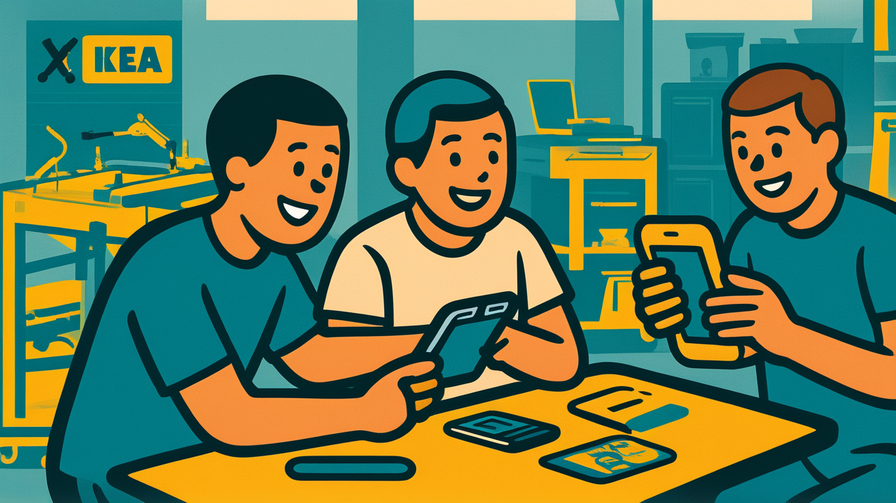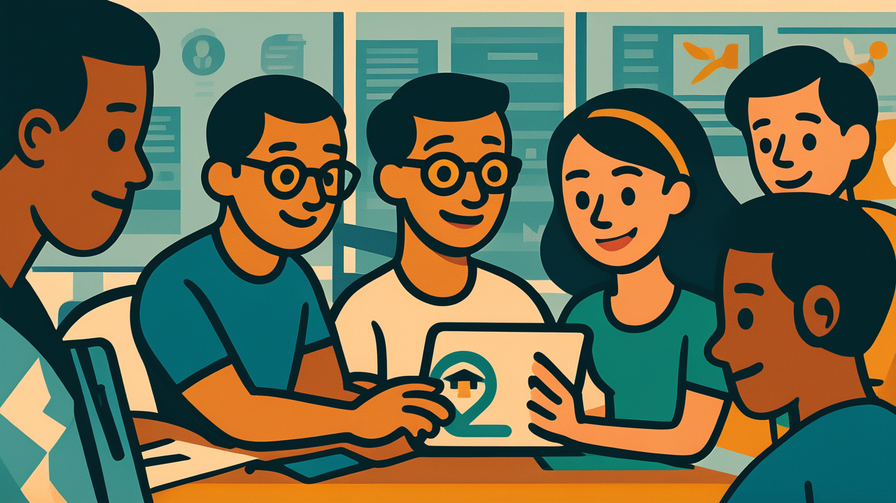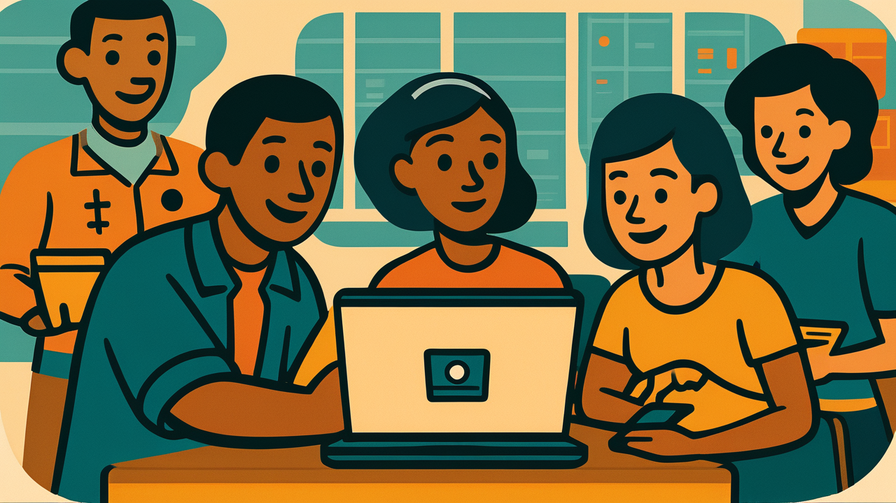[Disclaimer] This article is reconstructed based on information from external sources. Please verify the original source before referring to this content.
News Summary
The following content was published online. A translated summary is presented below. See the source for details.
Apple has announced significant enhancements to its developer tools, making it easier for creators to build sophisticated apps for iPhone, iPad, Mac, and other Apple devices. The updates include improved versions of Xcode (Apple’s app development software), new AI-powered coding assistants that help write and debug code, and enhanced design tools that make creating beautiful interfaces more intuitive. SwiftUI, Apple’s modern framework for building user interfaces, now includes drag-and-drop components that work like digital LEGO blocks. The company also introduced new machine learning tools that let developers add AI features to their apps without needing deep expertise in artificial intelligence. These improvements particularly benefit newcomers to programming, as the tools now offer more guidance, automatic error correction, and visual programming options. Apple’s Swift Playgrounds app for iPad has been enhanced to let students create full apps directly on their tablets. The updates also include better collaboration features, allowing student teams to work together on projects remotely, and improved testing tools that help ensure apps work properly before release.
Source: Apple Newsroom
Our Commentary
Background and Context

Creating apps used to be like building a house from scratch – you needed to know carpentry, plumbing, and electrical work. Apple’s developer tools are changing that, making app creation more like assembling furniture with clear instructions and the right tools provided. These tools have evolved significantly since the iPhone’s 2007 launch, when creating apps required extensive programming knowledge.
The App Store economy now supports over 5 million jobs in the United States alone, with many successful apps created by teenagers and college students. Famous examples include Nick D’Aloisio, who sold his news app Summly to Yahoo for $30 million at age 17, and the creators of popular apps like Heads Up! and Monument Valley who started as independent developers.
Expert Analysis
The shift toward visual programming and AI assistance represents a democratization of app development. Just as WordPress made website creation accessible to non-programmers, these new tools lower the barrier for app creation. The AI coding assistants work like smart autocomplete, suggesting entire functions based on natural language descriptions.
For students, this timing is perfect. The job market increasingly values app development skills, even in non-tech fields. Doctors create medical reference apps, teachers build educational tools, and artists develop creative applications. Understanding app development becomes as valuable as learning to write well or use spreadsheets.
Additional Data and Fact Reinforcement
The impact on education is already visible. Over 5,000 schools worldwide now teach app development using Apple’s curriculum, with students as young as 10 creating functional apps. The average iOS developer earns $96,000 annually, but many student developers generate income through the App Store while still in school.
Apple’s Swift programming language, designed to be easier to learn than traditional languages, is now the 10th most popular programming language globally. Universities report that students can create their first app within weeks using Swift, compared to months with older languages like Java or C++.
Related News
This democratization trend extends across the tech industry. Google’s Flutter framework similarly simplifies cross-platform app development. Microsoft’s Power Apps lets business users create applications without coding. Even game engines like Unity now offer visual scripting options.
The rise of “no-code” and “low-code” platforms reflects growing demand for creative tools that don’t require computer science degrees. This shift could address the projected shortage of 1 million programmers by 2030 by enabling more people to create digital solutions.
Summary

Apple’s enhanced developer tools represent more than technical improvements – they’re opening doors for a new generation of creators. By making app development more accessible through visual tools, AI assistance, and better learning resources, Apple is empowering students to turn their ideas into reality. Whether you dream of creating the next viral game or solving problems in your community through technology, these tools make starting your journey easier than ever.
Public Reaction
Computer science teachers praise the updates for making programming more approachable for students intimidated by traditional coding. Young developers celebrate the AI assistance that helps them learn faster. Some experienced programmers worry about oversimplification, while others welcome tools that handle tedious tasks. Parents appreciate that their children can explore technology creation safely on school iPads.
Frequently Asked Questions
Q: Do I need to know how to code to use these tools?
A: While basic programming knowledge helps, the new visual tools and AI assistants make it possible to create simple apps with minimal coding experience. It’s like learning a new language – you start with basics and improve over time.
Q: Can students really make money from apps?
A: Yes! Many successful apps started as student projects. Even simple apps can generate income through ads or small purchase prices. Some students earn enough to pay for college.
Q: What equipment do I need to start?
A: You can start learning Swift on any iPad with Swift Playgrounds. To publish apps to the App Store, you’ll eventually need a Mac computer and a $99/year developer account.


